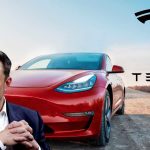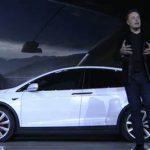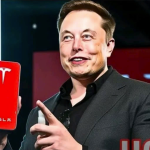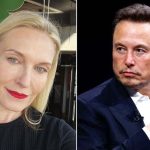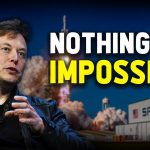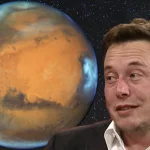Elon Musk: From Dreaming of Mars to Planting Trees on the Red Planet
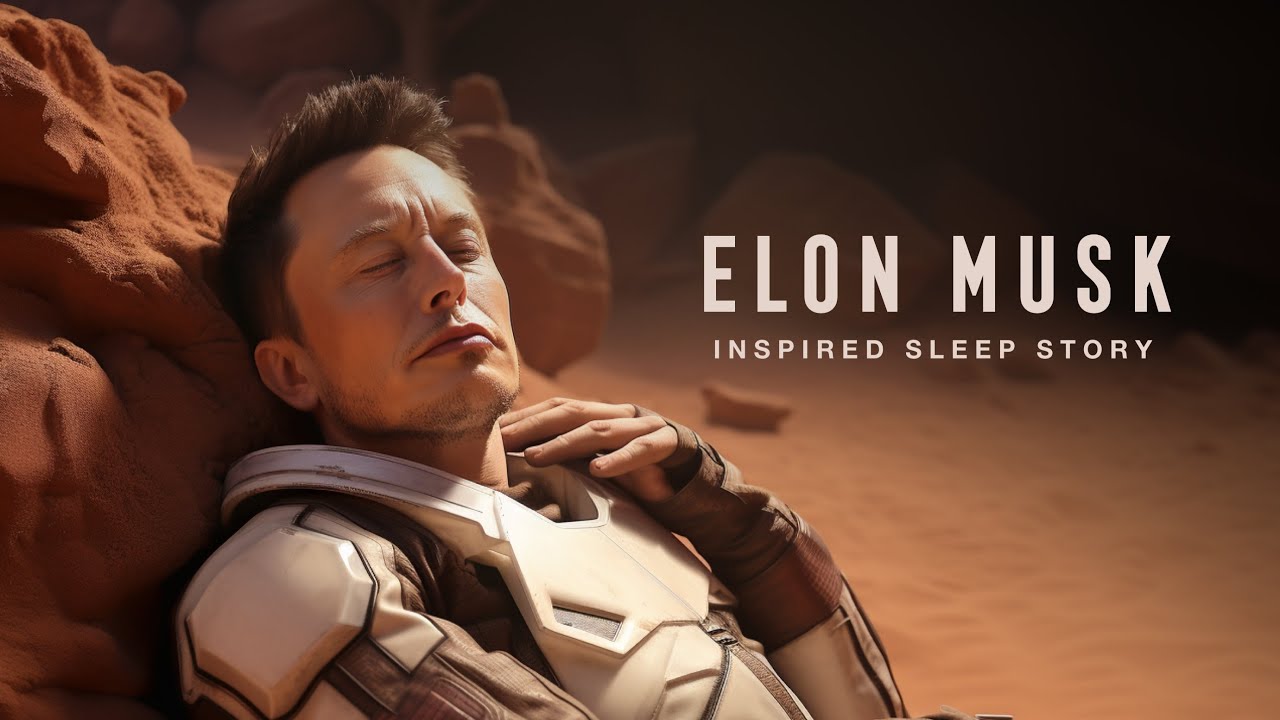
Elon Musk: From Dreaming of Mars to Planting Trees on the Red Planet
Elon Musk isn’t just dreaming of Mars—he’s plotting to make it green 🌿. The billionaire visionary, known for his audacious leaps from electric cars to space rockets, could very well etch his name in history as the first human to plant a tree on the Red Planet. But in true Musk fashion, he wouldn’t dive straight into Martian soil with a shovel. He’d likely start closer to home, testing the concept with a characteristically quirky twist—perhaps by growing that tree inside a Tesla container first 🚗. It’s the kind of brilliant, offbeat idea that only Musk could conjure: a high-tech rehearsal for Martian farming, wrapped in his signature flair for innovation and spectacle.
Picture the scene: a sleek, Tesla-branded container, its glossy exterior emblazoned with the company’s iconic “T,” sits humming with life under the glow of artificial light. Powered by solar panels 🌞—the same renewable tech that fuels Tesla’s Gigafactories—this mobile greenhouse nurtures a sapling as it stretches toward a carefully calibrated LED sun. Musk has already proven he’s not afraid to blend his ventures into cosmic stunts, famously launching a Tesla Roadster into space aboard a Falcon Heavy rocket in 2018, with David Bowie’s “Starman” serenading its orbit. So why not take the next step and transform a car—or at least its shell—into a prototype for extraterrestrial agriculture? It’d be a perfect marriage of Tesla’s sustainable technology and SpaceX’s interplanetary ambitions 🌠, a bold statement that even a car company can sprout solutions for another world.
This isn’t just whimsical speculation—it’s a glimpse into Musk’s problem-solving playbook. Before he ships seeds to Mars, he’d want to perfect the setup here on Earth, ensuring every variable is tested and every kink ironed out. A Tesla container could serve as the ideal proving ground: a self-contained ecosystem where plants thrive, powered by clean energy and monitored by the kind of cutting-edge systems that keep Tesla’s vehicles at the forefront of innovation. Imagine the headlines—“Elon Musk Grows Tree in Tesla, Aims for Martian Forest”—and you’ve got a story that’s equal parts absurd and inspiring, a classic Musk move that captures the world’s imagination while pushing the boundaries of what’s possible.

Mars, with its barren, rust-colored dust and whisper-thin atmosphere, is a daunting challenge for any would-be gardener 🌍. The planet’s surface is a harsh desert, bombarded by radiation, with temperatures swinging from frigid lows of -195°F (-125°C) at the poles to a balmy 70°F (20°C) at the equator on a good day. Its air is 95% carbon dioxide, with scant oxygen or nitrogen to sustain Earth-like life, and the soil—rich in toxic perchlorates—would sooner poison a plant than nourish it. Growing a tree there sounds like science fiction, and it is—for now. But Musk thrives on “tough.” His grand vision for Mars isn’t just about landing humans on its surface; it’s about turning the Red Planet into a second home for humanity, a place where life can flourish. Terraforming—radically altering Mars’ environment to make it habitable—is the cornerstone of that dream, and planting trees could be the first step in that monumental process.
Terraforming Mars is a concept as old as science fiction itself, but Musk has turned it into a tangible goal. The process would involve thickening the atmosphere, raising temperatures, and introducing oxygen—tasks that could take centuries, if not millennia, using traditional methods. Musk, however, isn’t one for patience. He’s floated ideas like detonating nuclear bombs over Mars’ poles to vaporize ice caps and release greenhouse gases, a controversial shortcut to kickstart global warming on a planetary scale. Critics call it reckless; Musk calls it “thinking big.” But before he can transform an entire planet, he’d need to start small—say, with a single tree. That’s where the Tesla container comes in. It could act as a microcosm of his larger vision: a sealed, controlled environment where plants grow, recycling carbon dioxide into oxygen, powered by the same solar technology that drives his Cybertrucks ⚡. If it works on Earth, it could be scaled up, loaded onto SpaceX’s Starships, and deployed on Mars to sow the seeds—literally—of a greener future.
The science behind growing a tree on Mars is as fascinating as it is complex. Trees need sunlight, water, nutrients, and a stable atmosphere—none of which Mars provides in abundance. Solar energy is weaker there, filtered through a thin atmosphere and dulled by dust storms that can blanket the planet for months. Water exists as ice beneath the surface, but extracting and purifying it would require advanced robotics or human labor. The soil, laden with perchlorates, would need to be detoxified or replaced with hydroponic systems, where plants grow in nutrient-rich water instead of dirt. Then there’s the air: Mars’ atmosphere is less than 1% the pressure of Earth’s, meaning any tree exposed to it would wither instantly unless housed in a pressurized habitat. Musk’s Tesla container could solve these problems in miniature. Equipped with solar panels, a water recycling system, and artificial lighting, it could mimic Earth-like conditions, giving a sapling a fighting chance to take root—first in a lab, then on Martian soil.
This isn’t just about one tree—it’s about building a Martian ecosystem. A single plant could pave the way for a forest, each tree releasing oxygen through photosynthesis and slowly enriching the atmosphere. Over time, this could reduce Mars’ dependence on artificial habitats, making it a little more like Earth with every leaf that unfurls. Musk’s companies are already laying the groundwork. SpaceX’s Starship, designed to carry 100 tons of cargo to Mars, could transport dozens of these Tesla-grown containers, each packed with seeds, saplings, and the tech to sustain them. Tesla’s expertise in battery storage and solar power—honed through products like the Powerwall and Solar Roof—could keep these mini-greenhouses running in Mars’ harsh climate. Meanwhile, The Boring Company, Musk’s tunneling venture, could dig underground habitats to shield plants from radiation and extreme weather, creating a network of Martian gardens. It’s a synergy of Musk’s empire, each piece interlocking to turn a wild idea into reality.
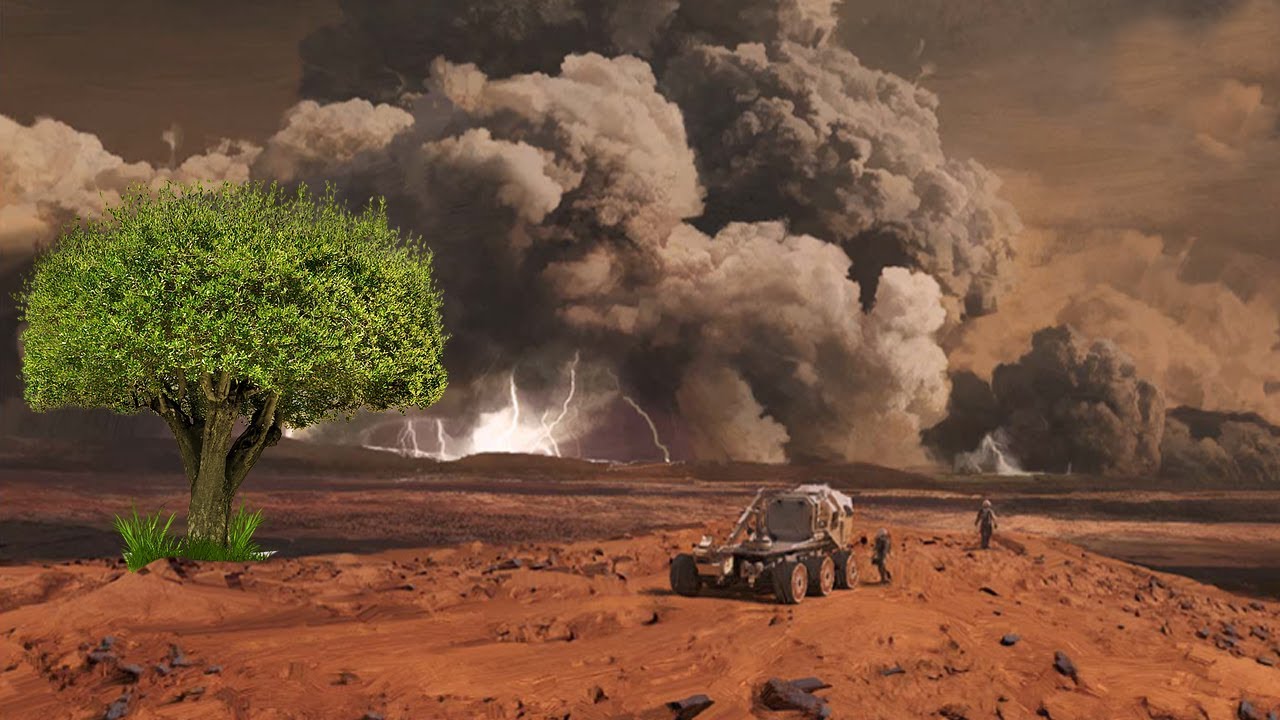
Elon Musk doesn’t just think outside the box—he plants trees in it. His approach blends innovation with imagination 🌟, taking concepts that sound absurd and grounding them in practical steps. The Tesla container idea might seem like a gimmick, a flashy stunt to grab attention, but that’s how Musk operates: he uses spectacle to fund substance. The Roadster in space wasn’t just a PR move—it was a proof of concept for SpaceX’s capabilities, showing the world that his rockets could carry payloads beyond Earth’s orbit. Similarly, a tree growing in a Tesla shell could demonstrate the viability of sustainable life support systems, attracting investors, scientists, and dreamers to his Martian cause. It’s a stepping stone from a single sapling to a sprawling woodland, a symbol of Musk’s belief that humanity’s future lies among the stars.
Of course, Musk’s Martian ambitions aren’t without skeptics. Critics argue that terraforming is a pipe dream, too costly and slow to justify when Earth’s own climate crisis demands attention. Why pour billions into greening Mars, they ask, when we could plant trees here to combat carbon emissions? Others question the ethics of altering another planet, suggesting it’s hubris to reshape Mars in humanity’s image. Musk’s response is typically defiant: he sees Mars not as a luxury, but as a necessity—a backup plan for a species that’s one asteroid or nuclear war away from extinction. Planting trees on Mars isn’t about abandoning Earth; it’s about ensuring humanity has options. And as for the cost? Musk has a knack for turning expensive dreams into profitable realities—just look at Tesla’s rise from a niche startup to a trillion-dollar titan.
So when Musk finally stands on Mars, shovel in hand, don’t be surprised if he flashes that enigmatic grin and says, “I tested this in a car first.” It’s his way: start small, dream big, and turn the impossible into a flourishing reality. The journey from a Tesla-grown sapling to a Martian forest would encapsulate everything that defines him—his relentless curiosity, his fusion of tech and vision, his refusal to accept limits. Picture him there, decades from now, surrounded by the rust-red dunes, planting that first tree as a Starship looms in the background. The sapling’s roots might struggle in the alien soil, but Musk would see beyond the moment—to a future where Mars glows green, a testament to human ingenuity and one man’s unyielding drive.
This is Elon Musk at his core: a man who doesn’t just chase the future but builds it, one tree at a time. From electric cars to rocket ships to Martian greenery, he’s rewriting the rules of what’s possible, blending the practical with the fantastical. So the next time you see a Tesla cruising down the road, imagine it as more than a car—it could be the seed of a revolution, destined to bloom on a planet millions of miles away.
#ElonMusk #Tesla #SpaceX #Mars #Sustainability #Innovation #Future
